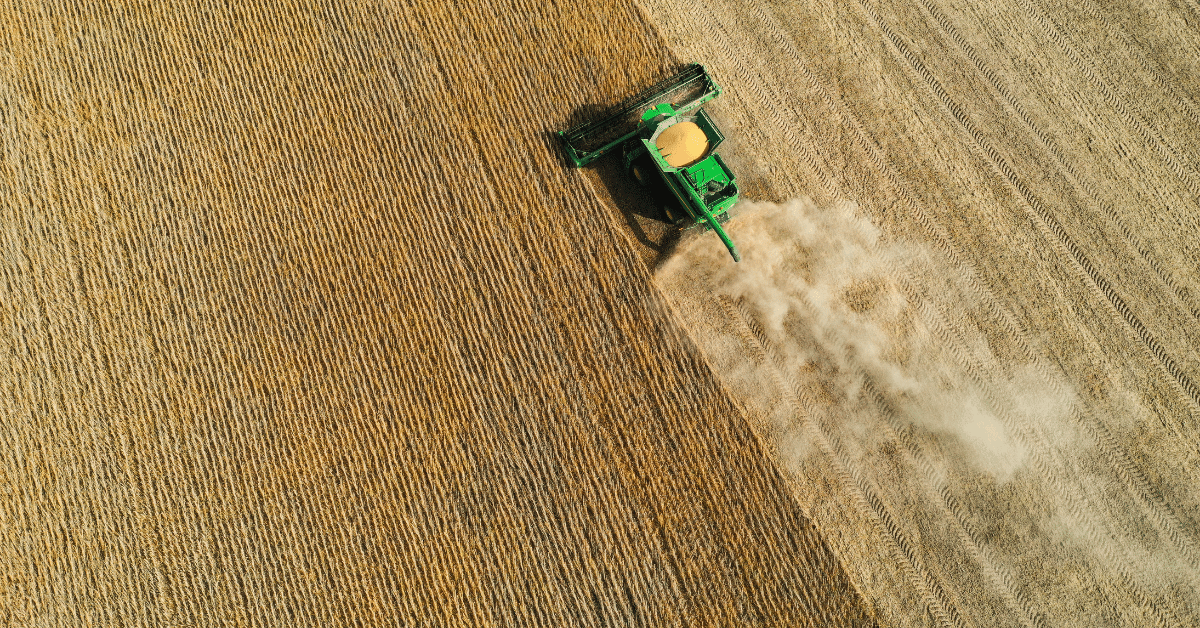
(Joseph L. Murphy/Iowa Soybean Association)
Global Soy Vision
November 3, 2020 | Bethany Baratta
The U.S. Soybean Export Council (USSEC) works to build a preference for U.S. soybeans domestically and abroad. Here’s a snapshot of four countries that present marketing opportunities for U.S. soybeans.
Nigeria
Population: 200 million
Soy imports: whole soybeans
2019/2020 soy imports: 0
Marketing opportunity: 500,000 metric tons per year
About this market: Kevin Roepke, regional director for the Asia Sub- Continent for USSEC.
Nigeria is already one of the largest wheat importers and a rapidly growing poultry importer. The soy industry can leverage these commercial relationships to model a robust soy supply chain. Conversely, Nigeria is plagued with low purchasing power, low life expectancy (55 years) and a critical lack of infrastructure. USSEC’s strategy is to create long-term relationships that will enable the U.S. to seize opportunities by establishing a Soy Excellence Center – the flagship program – in Nigeria. This will be the technical and policy pillar to advance the region’s soy supply chain.
Egypt
Population: 100 million
Soy imports: whole soybeans
2019/2020 soy imports: 3.8 million m etric tons
Marketing opportunity: 4.5 million m etric tons
About this market: Brent Babb, regional director for Greater Europe and Middle East/North Af rica for USSEC.
Egypt is n ow the third largest export market for U.S. soybeans. Growth has been exceptional in the last f our years increasing by nearly 3 million t ons. Expanding soy crush along with fast-growing poultry, aquaculture and dairy industries are driving the growth. In 2019, USSEC launched is first worldwide Soy Excellence Center in Egypt to continue building on this success.
Bangladesh
Population: 164 million
Soy imports: whole beans, soybean meal
2019/2020 soy imports: 1.62 million metric tons of soybeans, 51, 000 m etric tons (MT) of so ybean meal
Marketing opportunity: 2.5 million metric tons of soybeans, 500,000 metric tons of soybean meal
About this market: Kevin Roepke, regional director for the Asia Sub-Continent for USSEC.
Bangladesh is a fascinating country because it’s half the population of the U.S., but an area the size of the state of Georgia. This population an d density make for great opportunities. Just this y ear, we’ve seen soybean purchases double year over year, and become a top 10 importer. The country is entrepreneurial, eager to learn and loves U.S. soy. Its crush industry is rapidly growing as in comes rise and more poultry, meat, eggs, fish and oils are consumed. USSEC is doin g everything possible to engage with stakeholders to position the U.S. advantage to seize the tremendous opportunities that a vail themselves.
Philippines
Population: 109 million
Soy imports: whole soybeans, soybean meal
2019/2020 soy imports: 141,614 metric tons of soybeans, 2.4 million metric tons of soybean meal
Marketing opportunity: 250,000 metric tons of soybeans by 2025, 2.5 million m etric tons of soybean meal
About this market: Timothy Loh, regional director for Southeast Asia region for USSEC.
Af rican Swine Fever (ASF) and COVID-19 continue to negatively impact the hog and poultry livestock sectors with USD A expecting a 2 0% decline in the hog population and decline in overall protein consumption due to the restrictive measures brought about by the contagion. Despite these challenges, the Philippines imported 2.41 million metric tons of U .S. soybean meal (Oct. 8 FAS Export Sales Report) compared with 1.95 million metric tons during the same time last season – a 23 % increase as a result of in creased market share and displacement of other competitive meals.
This story was originally published in the November 2020 issue of the Iowa Soybean Review.
Back